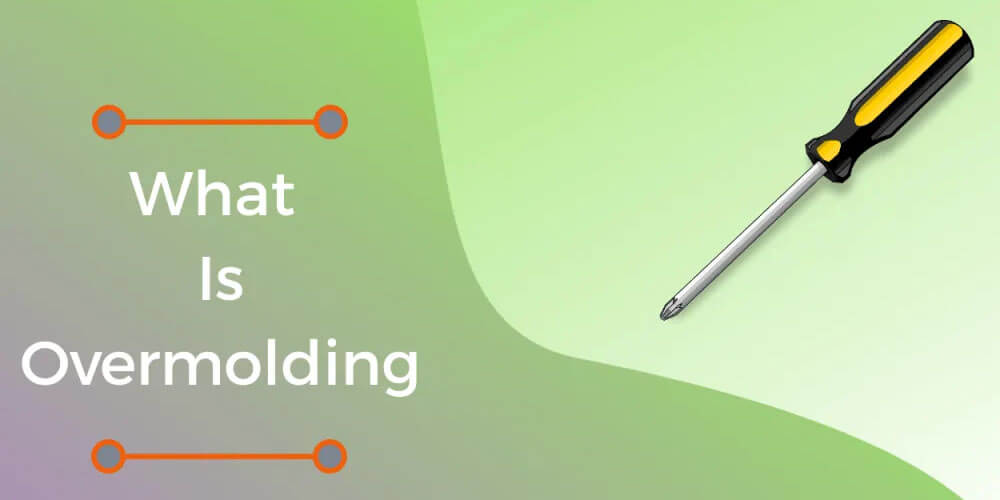In the complex and highly modularized world of materials design and manufacturing, overmolding and insert molding is typically confused for each other. However, it is essential to note that both processes are subsets of the popular injection molding processes used to craft similar components. Both technologies are applied to manufacture embedded electronics, home appliances, mobile phones, and new prototype parts. Overmolding capabilities include the creation of new features from multiple material parts. In the traditional injection molding techniques, molten materials (incredibly specific plastics and silicone-based materials) are injected into a mold cavity to create a finished product. However, when it comes to overmolding, an existing part is used as a substrate. Next, a different material is added to the substrate. Let’s focus on the benefits of overmolding.
How overmolding works with injection molding
The procedures associated with overmolding usually combine two different types of materials: substrates such as metal, glass, plastic; and overmold materials such as TPE thermoplastics or rubber. Substrates are generally molded first by applying regular injection molding. It is also possible to derive the substrates from CNC Machining. As soon as the substrate is complete, it is quickly placed into a new mold. In many instances, the overmold material is a resin that is then injected into the original mold. This process allows the overmold material to bond with the substrate.
Bonding happens through either chemical bonding, where the materials bond together at the element level, or through mechanical bonding, where features such as undercuts enhance the bonding process.
Overmolding products are found everywhere and include toiletry items such as toothbrushes, scissors with plastic handles, and knobs on kitchen appliances. In an industrial setting, overmolding products include medical instruments, automotive and military parts, and electronic casings.
Methods used in implementing overmolding prototypes
Overmolding can leverage rapid prototyping through processes including:
a. Silicone tool overmolding
For small batch prototyping, the most popular method involves urethane casting. Silicone tool casting matches client specifications and is perfect for trial component production for parts that involve complex process structures.
b. 3D printing
2-color FDM 3D printers are mostly used to achieve the desired results. The printers are equipped with two sprinkler heads to produce the selected parts of different colors and efficient color mixing. However, some 3D printers’ distinct disadvantages include poor texture, rough construction, and low resolution.
c. CNC Machining and surface treatment
This process typically includes a lot of extra post-processing to create a two-color combination of materials. Despite this, CNC machining and surface treatment feature high accuracy, fast speed, and good component appearance. A wide range of materials can be used.
Benefits of overmolding
A highly versatile process, overmolding has advantages that include:
a. Embedded seals
Soft seals can be molded into parts. For example, an electronic component that requires an IP rating can be seal-molded.
b. Enhanced material flexibility
The process of overmolding lets designers leverages multiple types of materials to create complicated parts with separate unique properties, enhanced haptics, and visual complexity.
c. No adhesive requirement
Different component materials can be fused in the mold, removing the need for permanent bonding techniques and glues. Overall, this maximizes the part’s durability while lowering assembly costs.
Conclusion
Overmolding can be considered as a type of injection molding procedure. Plastic is usually molded over another molded part, and the advantages include embedded sealing, no adhesive use, and enhanced material flexibility.
